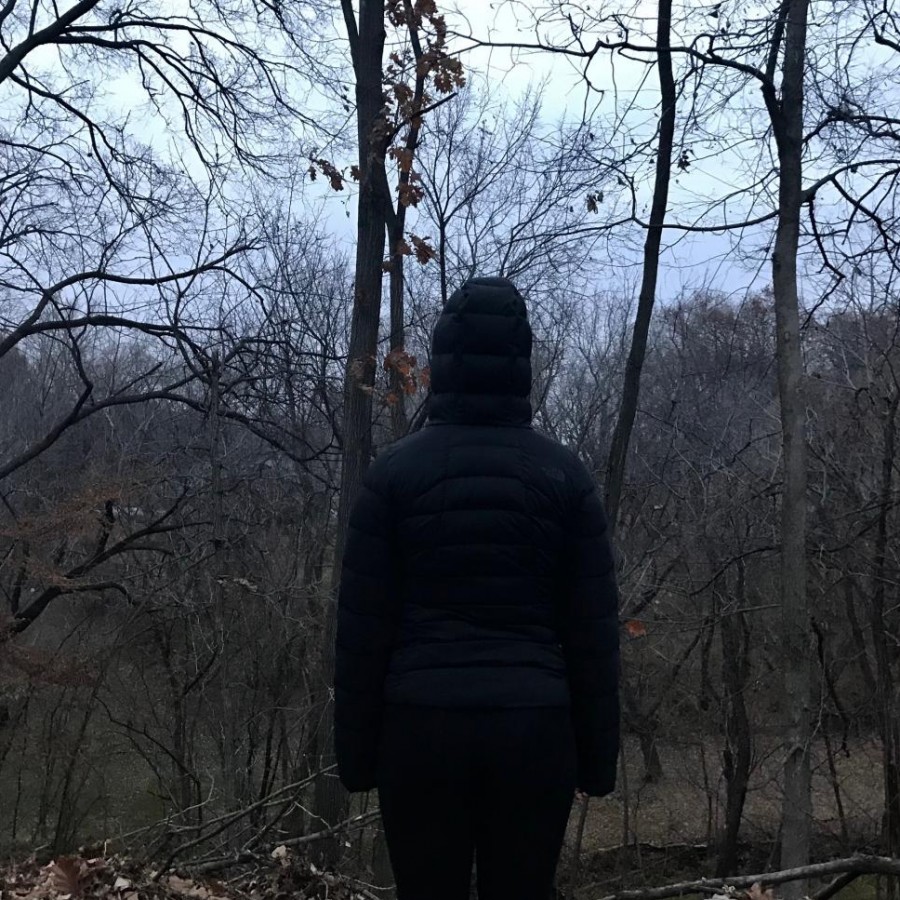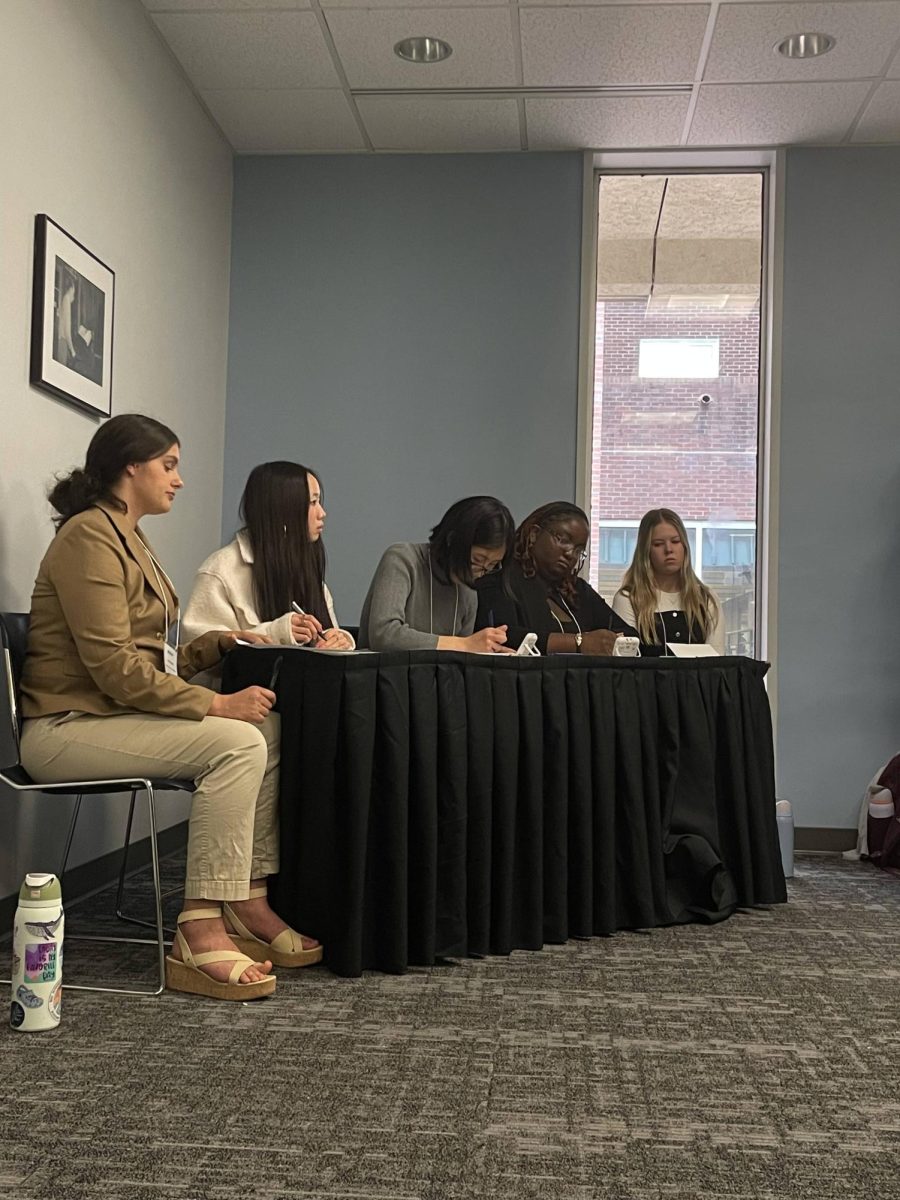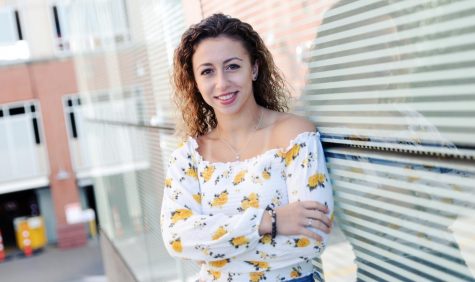Seasonal depression, or seasonal affective disorder, is a mood disorder which occurs at the same time every year during a specific season. Some individuals may experience a summer depression that begins early in the spring or summer, but the most common form of SAD, seasonal affective disorder, occurs during the months of winter.
There is a heavy correlation between the lack of sunshine in the winter months and SAD, so it makes sense that many regions of the United States with harsh winters may be more affected by this disorder, thanks to Daylight Savings Time.
Unfortunately, medical professionals have not been able to pinpoint a specific causation of SAD; however, there are several different factors to which can be accounted for.
Serotonin, sometimes nicknamed the happy chemical, is a neurotransmitter in the brain that plays a major role in one’s well-being. This chemical is known to play a role in appetite and emotional functions, therefore affecting one’s general balanced mood.
Sunlight is known to affect the levels of serotonin in one’s body; consequently, a decrease in sunlight may cause a decrease in serotonin levels, disorienting one’s mood.
Melatonin is a chemical in the human body that also affects the balance of mood, as well as one’s sleep patterns. The pure change in season can affect this chemical.
Some of the symptoms of SAD are as follows: decrease in energy, troubled concentration, fatigue, a larger appetite, and a need for more sleep.
An anonymous Pleasant Valley High School student wished to speak out on the depressive feelings they encounter during the winter months. They said, “The winters always slow me down a lot; I find myself having a lot less motivation and overall feeling very down. It’s dark for much more of the day and I think that adds to the tired feeling that accompanies those months.”
These are many of the regular warning signs that occur in typical depression. If any of these occur, it is highly recommended that one sees a doctor to see a doctor and have these issues addressed.
Mahum Haque, a Pleasant Valley High School Senior also struggles with SAD. Haque said, “My seasonal depression is not severe, like some people experience, but I often feel more tired or find it harder to become motivated to do simple tasks.”
Antidepressants may be needed, but individuals can attempt to conquer SAD on their own. The anonymous student said, “I have found that light therapy and staying active helps a lot with my happiness.”
Light therapy entails sitting next to a light box that has artificial light which mimics natural, outdoor lighting. Because daylight is cut short during the winter time, exposing the body to more seemingly natural light is known to help with symptoms of SAD.
Haque does not use light therapy but has her own ways of helping her mood stay balanced when she is feeling down. “I always try to do something that I enjoy doing, even if I’m really tired or feeling lazy. It can be as simple as playing music that makes me happy or watching a show that I like,” said Haque.
SAD affects many people every year; it will affect those of all ages. The most important thing one can do to combat the effects of SAD is to know the symptoms and causes and take action.










Michael Sampson • Nov 15, 2018 at 10:49 pm
After learning about a lot of these things through the Psychology course at school, it gives me some perspective on why a lot of these things happen the way they do.